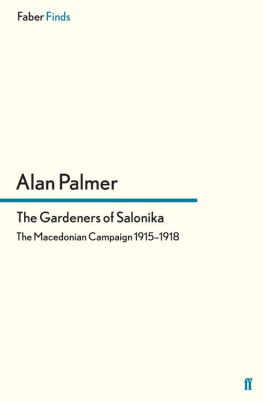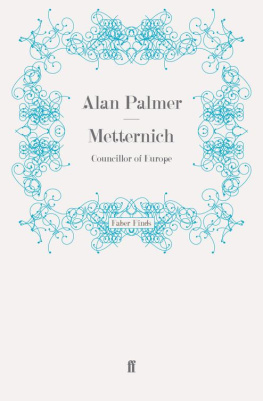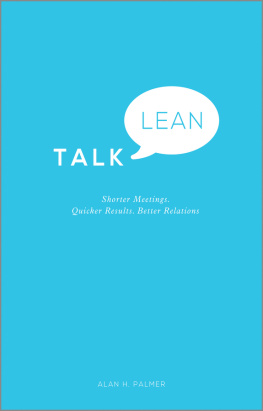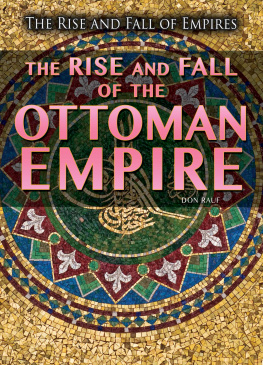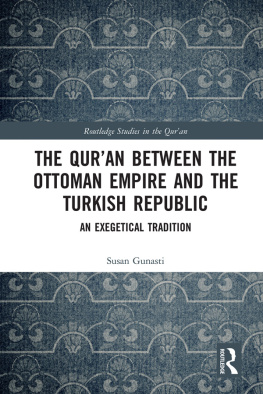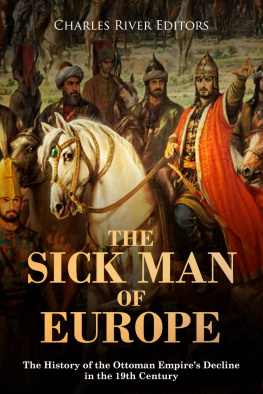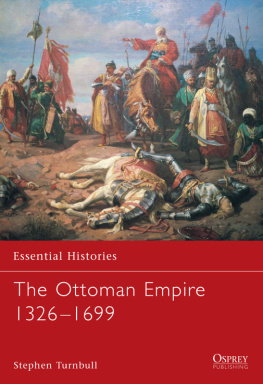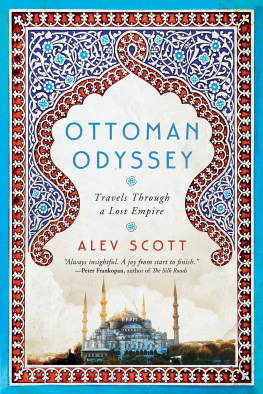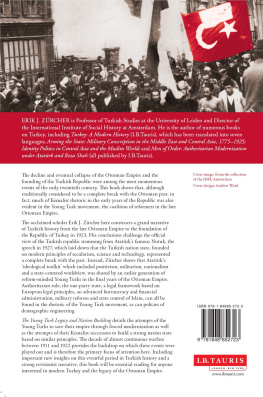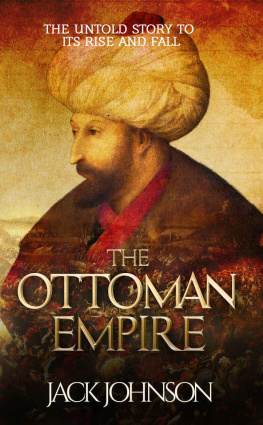

Fall River Press and the distinctive Fall River Press logo are registered trademarks of Barnes & Noble, Inc.
1992 by Alan Palmer
Cover photograph G. Dagli Orti / De Agostini Picture Library
All rights reserved. No part of this publication may be reproduced, stored in a retrieval system, or transmitted, in any form or by any means, electronic, mechanical, photocopying, recording, or otherwise, without prior written permission from the publisher.
ISBN 978-1-4351-3951-0 (e-book)
1 3 5 7 9 10 8 6 4 2
For information about custom editions, special sales, and premium and corporate purchases, please contact Sterling Special Sales at 800-805-5489 or
specialsales@sterlingpublishing.com
www.sterlingpublishing.com
Maps
P REFACE

T HE GREATEST HISTORIAN OF AN EMPIRE S DECLINE AND FALL decided on the immense theme of his lifes work when he sat musing on the Capitol, while the bare-footed fryars were chanting their litanies in the temple of Jupiter. A far humbler enterprise had its origins in musings at a site no less evocative than Gibbon had chosen, but to a background of less contemplative supplications: I was seated well above the Bosphorus, while sandal-footed tourists were ordering their luncheons on the terrace of the old Seraglio.
As I looked out from this historic palace to the long white classical faade of the Dolmabahche and the green parkland of Yildiz beyond, I thought I would write almost entirely about the Sultans themselves. But when I left Istanbul I soon realized that this would be a mistake. In retrospect the most fascinating aspect of the Ottoman past is not a succession of rarely remarkable sovereigns, but the empires geographical extent, and the way in which an astonishingly narrow ruling class imposed government on lands extending from the Danubian plains to the mountains of the Caucasus, the headwaters of the Gulf and the deserts of southern Arabia and North Africa. It has to be admitted that, although the Ottoman Empire was pre-eminent in the Balkans and the Near East for more than six centuries, when it collapsed in the wake of the First World War no one was surprised to see it disappear: long before Tsar Nicholas Is casual complaint of having a sick man on our hands, foreign observers were predicting the imminent downfall of so cumbersome an institution. But how did it survive so long? The decline was certainly not rapid, nor was it in any sense constantly progressive, a steady downward graph from the autumn of 1683 when, for the second time, an Ottoman army failed to take Vienna. The reforms which arrested the decline have a particular historical interest of their own; and so, too, do the reformers who attempted to put them into practice.
Modern historical fashion favours analysis by topics at the expense of narrative. Over the two and half centuries covered by the main body of this book there are constantly recurring problems: secular and religious authority; the inadequacies of a unique form of military feudalism; movements of population; the greed of powerful neighbours; and above all, uncertainty whether to borrow from the West or to seek inspiration from Ottoman origins in north-western Anatolia. But it is easy to perceive at work in these centuries H.A.L. Fishers famous non-pattern of one emergency following upon another as wave followed upon wave; and I have therefore planned the book primarily as a work of narrative history, reflecting the form of the highly personal autocracy established in the Ottoman Empire.
I must admit that when I began research into the material for this book, the Ottoman Empire seemed as irrelevant to what was going on around us as are the Wars of the Roses. Only in the Lebanon was there a long and sad continuity of conflict. Now, however, the Ottoman past is less remote. The dynasty may have gone, but many problems that plagued the later Sultans once more make the news. For two years the cycle of history has been spinning in top gear. Half forgotten place-names are back in the headlines: towns like Basra, Mosul, Damascus or Diyarbakir; and distant outposts in Bosnia-Herzegovina or Albania in the west and along the sea coast of the Gulf or the mountain chain of the Caucasus in the east. Once again we learn of the Kurdish struggle for survival and of Armenian aspirations for independence. We are reminded of the underlying Muslim character of Sarajevoa place-name which for three-quarters of a century has been more generally associated with the Habsburgs than with the Ottomans. We read of rival nationalities re-emerging in Macedonia and of the clash of linguistic minorities in Bulgaria. And, more gradually, we are becoming aware of the nineteen Turkic languages which, having outlived the Soviet Union, threaten to allow an Ottoman ghostor, at least, the shade of Enver Pashato disturb the early years of the new central Asian republics. With a Soviet empire falling so speedily that it had no time to go into decline, the fate of Russias former Ottoman rival in the Black Sea becomes strangely topical.
Writing about a past empire spread over three continents inevitably presents problems of nomenclature. Where any place has a name in common English usage, e.g., Salonika, Damascus, Jaffa, I have used that form. Otherwise I have generally used the place-name current in the period of which I am writing. For most of the book, Istanbul therefore appears as Constantinople, Izmir as Smyrna, Trabzon as Trebizond. In doubtful cases I have employed what I assume to be the form most familiar to the reader, e.g., Edirne rather than Adrianople. To help identify places I include a list of alternative place-names after the main narrative. The reader will also find there the dates of the Sultans who reigned in Constantinople, and a glossary explaining some of the Ottoman terms used in the text, although I hope that I have also indicated their meaning at the first point in the narrative where they appear. For proper namessome of which are of Slavonic, Greek, Arabic or Persian originI use the forms which seem to me to look best in English, rather than the standard Turkish spelling system (which, of course, updates Ottoman usage). Commonly Anglicized words are given the accepted forme.g. Pasha, Vizier. To linguistic purists offended by all such inconsistencies, I apologize.
My debt to earlier historians will be clear to any reader of the bibliography. I would like to thank the staffs of the Bodleian Library at Oxford, the London Library, the Public Record Office and the British Library for their ready assistance. At John Murray Ltd I have profited from the good advice and editorial direction of Grant McIntyre and Gail Pirkis and I am grateful, too, for Elizabeth Robinsons perceptive reading of typescript and proofs. My wife, Veronica, has helped me greatly: she accompanied me on every visit to the former Ottoman lands and, as well as compiling the index, has been a stimulating critic of the book, chapter by chapter. Once again she has my deepest thanks. The book is dedicated to my aunt, Elsie Perriam, in the hospitality of whose Devonshire home the drafts of some chapters were first written.
ALAN PALMER


Next page

